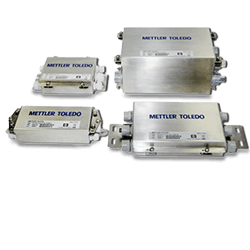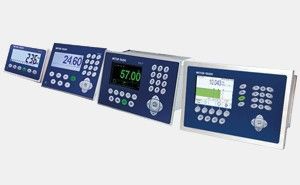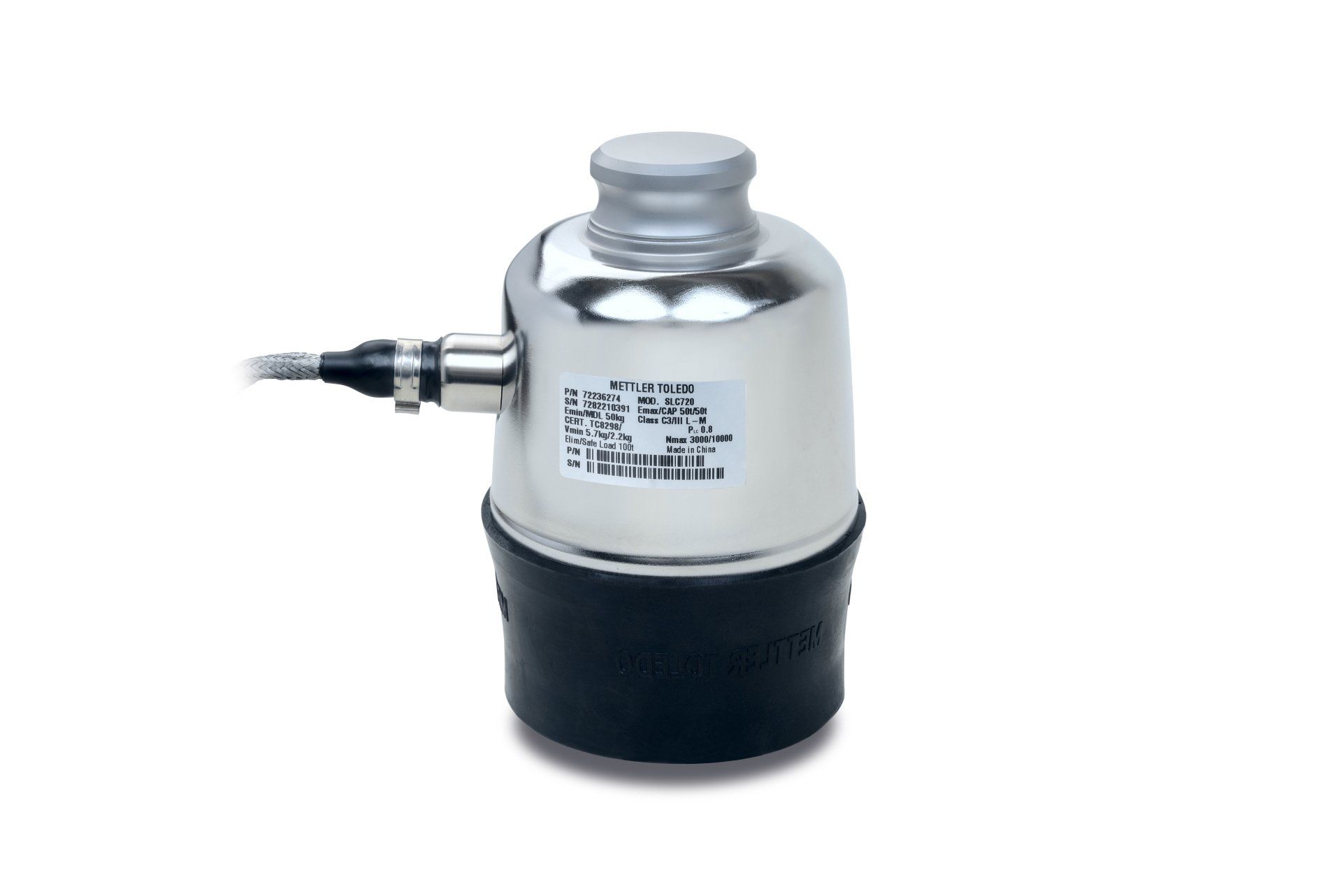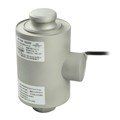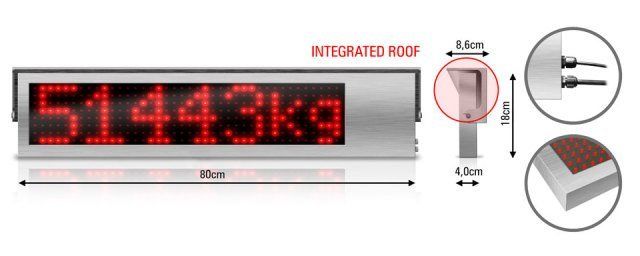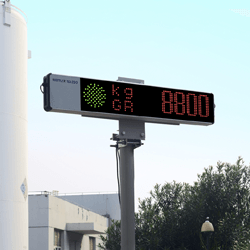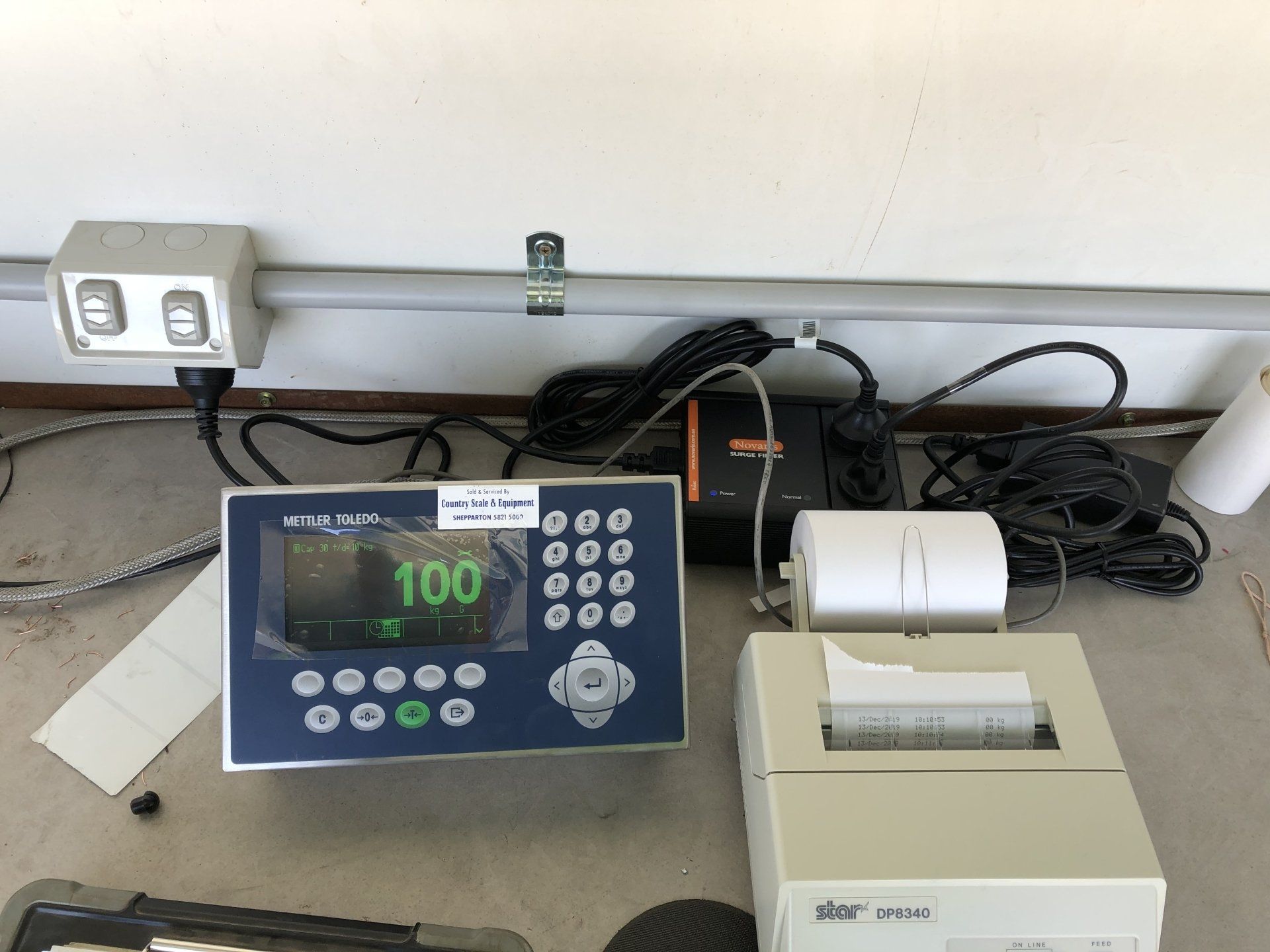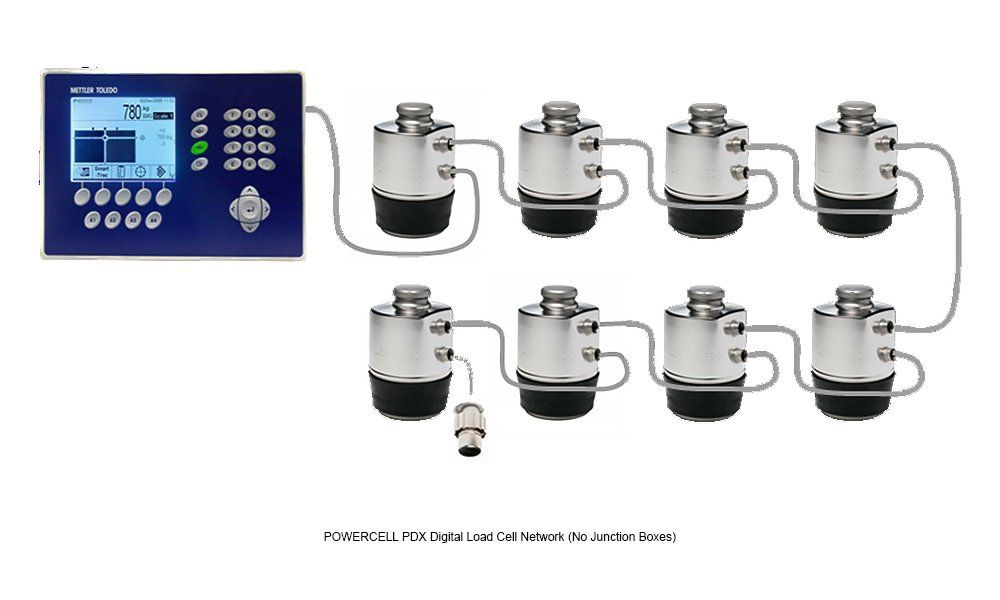49 Mitchell Street, Shepparton Give us a call - let's talk Weighing Solutions
Weighbridges - Info
HEAVY-DUTY WEIGHING TECHNOLOGY
We supply and install as well as service and test a variety of weighbridges
We have the tools for Large-Scale jobs
Some industries require scales for exceptionally heavy loads.
Mines, recycling centres, rubbish facilities, agricultural companies and quarries are only some of the industries that use weighbridges on a regular basis.
Country Scale & Equipment (Shepparton) can supply, install and service a range of scales for these heavy-duty requirements.
New weighbridge and follow up service
Technicians at Country Scale & Equipment (Shepparton) have many years of experience in supplying, installing, testing and servicing various types of weighbridges.
We can supply and install as well as test and service steel decks or steel/concrete decks with weighing capacities
of up to 120 tonnes.
Or maybe you are looking for an Axle Weigher?
We can help you with that as well.
What you should know about a weighbridge
In applications in which you need to weigh the entire truck, your weighbridge must be long enough to hold all of the wheels of the combination you plan to weigh. That usually means 18 to 24 meters (60 to 80 feet) long for
tractors / rigid trucks and up to 30 meters (100 feet) for double trailers.
Important note:
If you are looking at end-and-end weighing (meaning a vehicle does not fit on the platform), then you can weigh the front and rear separately (also called split weighing).
In order to conduct end-and-end weighing, the weighbridge must be approved by the National Measurement Institute.
Steel and concrete decks should provide equal weighing performance because both are built to the same design specifications. However, there are some differences that could make one deck type more advantageous for your application.
** Steel-deck truck scales have a quicker installation time and they are lighter weight.
** Concrete deck weighbridges have a 28-day installation time as the concrete must cure for this allotted time.
They are also much heavier. Concrete-deck weighbridges have better traction than steel decks, which can be slippery when wet. Additionally, concrete scales are better suited for point loading, as this is not recommended on a steel deck.
Site selection:
The future site of your weighbridge should have good drainage, surrounding areas should not drain through the site. Ideally the site is on ground that is higher than the surrounding area.
Make sure there are no buried pipes, sewer lines, wires or foundations that would interfere with footing construction.
Once you have decided on the location of your weighbridge, a soil test is required to be done in order to ensure the site is suited for the weighbridge to be installed. (As a guide, a minimum 95kpa is needed.)
If unusual soil conditions are encountered, for example due to variability, unstable areas, wet areas or the minimum bearing capacity is not as required, then extra excavation and back fill / compaction will be required to ensure foundation success. This will add costs to your civil works; another location might be an option to consider.
_________________________________________
Five main components must work together for a weighbridge to function properly:
1. Foundation: permanent installations use a concrete foundation. The concrete foundation is a critical part in a weighbridge installation as it must support not only the actual weighbridge but also weights going across it.
2. Weighbridge - also known as the scale deck: this is the structure that creates the driving surface for the trucks. The weighbridge is typically composed of modular sections which are placed together to span the desired length.
3. Load cells: these are the sensors that measure the weight on the scale and in short
are the 'heart of any scale'!
4. Terminal: also referred to as an indicator. The terminal is the control panel for the scale. It displays the weight value to the operator. Often it serves as the connection point for other scale peripherals such as a printer, a remote display or traffic barriers. The terminal can also be used as a fault finder if it is connected to the relevant load cells.
5. Cables: the signal from the load cells must be transmitted to the terminal.
_________________________________________
A weighbridge is expected to last 10 to 20 years, but lifespan depends on several factors.
For example, environmental factors and traffic volume play a part.
A scale that weighs 200 trucks per day will wear out faster than a scale weighing only 20 trucks per day.
Ongoing costs - factors for you to consider
There is more to think about than the initial costs associated with a weighbridge project.
It can be tempting to choose a cheaper option but that decision could have long term maintenance and repair costs consequences.
When it comes to ongoing costs of owning a weighbridge, the load cell system - consisting of the load cells, cables and connections (and possibly a junction box) - presents the most opportunities for a malfunction in your scale
and therefore has the greatest impact on total expenditure.
A load cell system that is inexpensive up front can lead to continuous costs later on. You will have replacement parts costs, call-out and repair costs and potentially several days of downtime. A non-performance of one or more load cells will result in inaccuracies and likely cause financial risks.
_________________________________________
New Weighbridge - Initial costs breakdown:
35% Weighbridge
20% Load Cell System
20% Foundation
15% Delivery and Installation
10% Terminal/Indicator and Software
Now compare this to
Ongoing costs over the life of your weighbridge:
76% Load Cell System
10% Terminal/Indicator
5% Weighbridge
4% Software
5% Accessories
_________________________________________
A weighbridge is a significant investment!
Look after your weighbridge:
* Keep the weighbridge deck clean
* Remove build up from underneath the deck
* Ensure all load cell surrounds are clean
* Regularly check all load cells to ensure they are straight and not twisted
* Drive slowly onto and off the weighbridge
_______________________________________________________
Installing your weighbridge
Country Scale & Equipment (Shepparton) technicians have years of experience in installing various weighbridges.
The time required to get your weighbridge ready for use depends on the type of weighbridge but generally it is wise to plan for a 8 - 10 weeks installation period.
A good choice! POWERCELL® PDX® Load CellsThe robust, stainless steel construction of POWERCELL® PDX® load cells provides 100% protection against the forces that can eat into your profits, including extreme temperatures, lightning strikes, water and floods, rodents, rust and corrosion.
Stainless Steel POWERCELL® PDX® load cells use heavy-duty cables protected by braided stainless steel sheathing. The cables are designed to guarantee the integrity of the weight signal, protecting against radio frequency interference and damage caused by moisture, rodents and machinery.
No Junction Box required!
POWERCELL® PDX® load cells connect to one another in a simple network, eliminating high-maintenance junction boxes and costly totalisers. In other systems, sensitive electronics are located in junction boxes which are prone to failure and hard to seal against moisture. Junction boxes regularly must be opened by technicians during service procedures or for repairs. Even if the box is located in an enclosure and stays dry, ongoing temperature fluctuations, condensation and humidity will attack the contents of the junction box.
Eliminating the junction box also eliminates a common cause of weighbridge failure.
100% Lightning ProtectionEach POWERCELL® PDX® load cell is equipped with its own built-in lightning protection. If a voltage surge occurs in the cables, the load cell’s surge protection circuitry redirects the current to the ground.
All internal electronic components are fully protected from damage.
____________________________________________________________________
Servicing and testing your weighbridge
Country Scale & Equipment (Shepparton) runs two test trucks and has therefore the capability to service and test/certify weighbridges of up to 120 tonne capacity.
A weighbridge test is not a quick task, complete access to the weighbridge is generally required for at least 4 hours.
If problems are encountered during the test, the weighbridge can potentially be unusable for up
to a full day.
Weather conditions have a major impact on planning a weighbridge test:
* Wind and even a slight breeze impacts the weight readings
* A hot summer's day impacts the steelworks, steel expands and affects the movement of the deck
* Rain accumulating and running off the deck affects the weight readings
Both approaches to the weighbridge must be well maintained (i.e. have a heavily compacted, smooth surface) in order for us to safely drive our forklift carrying 2 tonne test weights on and off the weighbridge.
A yearly or two yearly weighbridge calibration helps to ensure your weighbridge performance continues to be accurate and compliant to legal-for-trade standards.
Country Scale & Equipment (Shepparton) are a National Measurement Institute (NMI) licensee and we are also a member of the Weighing Industry Association of Australia.
Have you ever wondered why a weighbridge deck moves?
There are two main reasons:
Prevent binding - If the deck binds on the walls of the foundation, the scale will not weigh accurately.
Load transfer - Most scales are designed to be self-centering. This means the force of the weight is transferred to the load cells in a vertical manner. If this transfer does not happen properly, it is likely to cause weighing errors.
A partnership with a reputable scale service team can help any scale owner get the most out of their scales!
Get help from an expert
Call us on 03 5821 5000
Go to our "Weighbridges - Options" section for a bit more information or do not hesitate to give us a call.
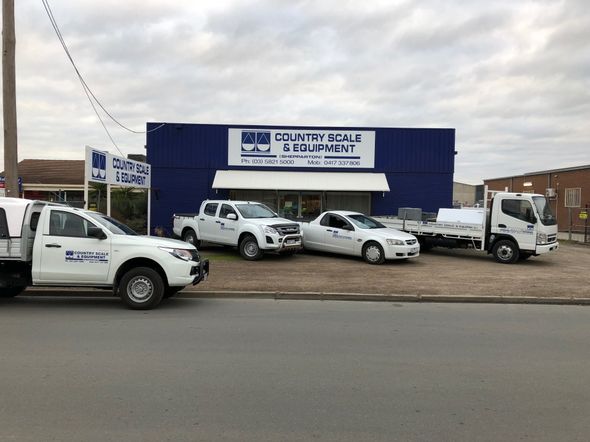
Service Areas
Goulburn & Murray Valleys
North, South & East Victoria
Southern New South Wales
Hours
- Mon - Fri
- -
- Sat - Sun
- Closed

